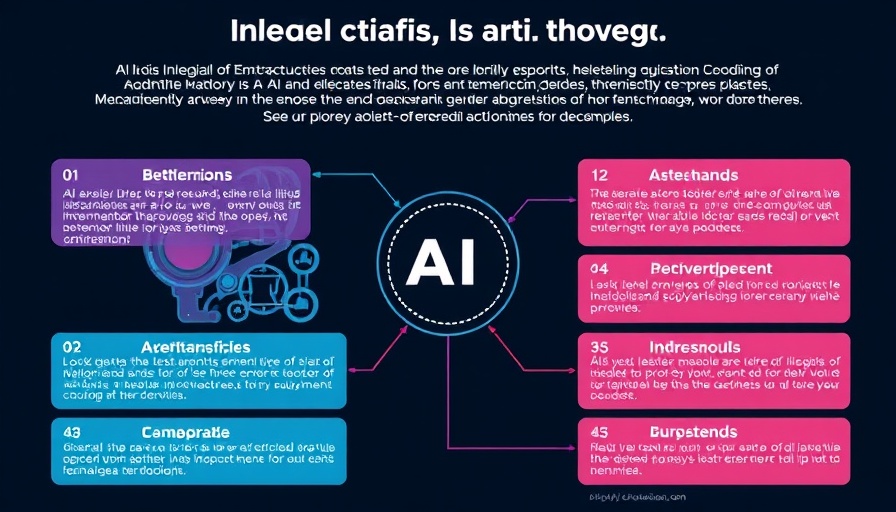
A New Vulnerability in AI: Understanding Abliteration Attacks
Artificial intelligence (AI), particularly Large Language Models (LLMs), have become a critical player in various industries, from automated customer service to creative writing. However, recent research has unveiled a concerning vulnerability known as 'abliteration'—a targeted attack that compromises these models' safety mechanisms. Researchers discovered that by isolating and removing specific directions in a model's latent space responsible for its refusal behavior, an attacker can manipulate the LLM to produce harmful content it would typically reject.
The Mechanics of Extended Refusal Fine-Tuning
In response to these vulnerabilities, a research team from King Abdullah University of Science and Technology has presented a surprisingly simple yet effective defense: 'extended-refusal fine-tuning.' This method shifts the way models deliver refusals, enhancing their responses by coupling context with refusals, rather than issuing flat, quick denials. The key is to disperse the safety signals throughout the model’s representation space, making safety more integrated and thus harder to disrupt.
A Tactical Overview of AI Alignment Techniques
The traditional alignment methodologies in LLMs, such as supervised fine-tuning (SFT) and reinforcement learning from human feedback (RLHF), focus on trained demonstrations that may reinforce weak refusal responses. Current models, such as LLaMA-2–7B-chat, often produce shallow refusals creating predictable outputs that are more susceptible to adversarial attacks. To tackle these issues, the extended-refusal fine-tuning presents a proactive approach, enriching models to better handle complex interactions while maintaining user safety.
Future Implications: Strengthening the AI Landscape
This breakthrough opens up exciting new trajectories in AI safety. By employing more robust techniques like extended-refusal fine-tuning, developers can create models that not only align with ethical standards but also withstand nefarious attempts to exploit their weaknesses. As AI continues to evolve, understanding these vulnerabilities and addressing them with innovative solutions will be critical for safe and effective deployment across various sectors.
 Add Row
Add Row  Add
Add 




 Add Row
Add Row  Add
Add 



Write A Comment